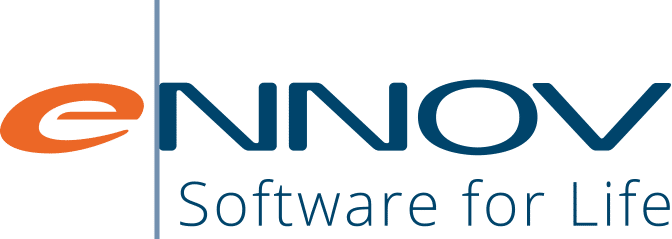Ennov Knowledge Base
Ennov and FDA 21 CFR Part 11
Summary
The 21CFR Part 11 is a set of regulatory requirements issued by the FDA in order to specify the conditions to be met by an organization willing to comply with the FDA standards concerning management of records and electronic signatures. Management of data has to follow these requirements so that electronic records (resp.) electronic signatures are considered to be equivalent as paper records (resp. handwritten signatures on paper). The 21CFR Part 11 was published in 1997. Since then there were different ways to understand it, several guidelines were published afterwards, but do not offer a complete clarification yet.
The Ennov software suite includes native features that facilitate management of records and secured signatures. The system implementation is then based on configuration with no need to perform development.
All our products are designed, developed and validated in order to be 21CFR Part 11 compliant. However, the client has to make sure the software implementation follows appropriate procedures and methods. Ennov delivers all the software documentation (both technical and functional) and can also provide a complete validation kit detailing all the tests related to the different qualification phases.
1 - Definitions
These definitions are those provided by the FDA.
(1) Act means the Federal Food, Drug, and Cosmetic Act (secs. 201-903 (21 U.S.C. 321-393)).
(2) Agency means the Food and Drug Administration.
(3) Biometrics means a method of verifying an individual’s identity based on measurement of the individual’s physical feature(s) or repeatable action(s) where those features and/or actions are both unique to that individual and measurable.
(4) Closed system means an environment in which system access is controlled by persons who are responsible for the content of electronic records that are on the system.
(5) Digital signature means an electronic signature based upon cryptographic methods of originator authentication, computed by using a set of rules and a set of parameters such that the identity of the signer and the integrity of the data can be verified.
(6) Electronic record means any combination of text, graphics, data, audio, pictorial, or other information representation in digital form that is created, modified, maintained, archived, retrieved, or distributed by a computer system.
(7) Electronic signature means a computer data compilation of any symbol or series of symbols executed, adopted, or authorized by an individual to be the legally binding equivalent of the individual’s handwritten signature.
(8) Handwritten signature means the scripted name or legal mark of an individual handwritten by that individual and executed or adopted with the present intention to authenticate a writing in a permanent form. The act of signing with a writing or marking instrument such as a pen or stylus is preserved. The scripted name or legal mark, while conventionally applied to paper, may also be applied to other devices that capture the name or mark.
(9) Open system means an environment in which system access is not controlled by persons who are responsible for the content of electronic records that are on the system.
2 - Application scope of the 21CFR Part 11
2.1 Records concerned
The 21CFR Part 11 applies to records in electronic form that are created, modified, maintained, archived, retrieved, or transmitted to the FDA.
It does not apply to paper records that are, or have been, transmitted by electronic means (for example by fax).
2.2 Acceptance criteria
If electronic records and electronic signatures comply with the 21CFR Part 11 standard, the FDA considers they are equivalent to paper records and handwritten signatures on paper.
The FDA accepts electronic records that comply with the 21CFR Part 11, unless a paper version is explicitly required.
Hardware, software, data, controls and system documentation have to be available for an FDA inspection.
3 - General principles of Ennov implementation
3.1 Electronic signature
Prior to each signature, Ennov requires entering again the personal login and password.
The following information is saved at the time of signature:
- Complete name of the signatory
- Identification of the signed record
- Meaning of the signature (workflow step label)
- Date and hour.
The legal name or complete name, the date / hour and the meaning of the signature can be displayed on all visible forms of the record.
The time-stamping (local and GMT) displays:
- Year in four digits
- Month, day, hour, minutes and seconds
The meaning of a signature corresponds to a workflow step label.
3.2 Workflow management
Ennov includes a workflow engine that controls the sequencing of predefined tasks for each process. Workflow steps, deadlines and responsibilities are configured in the system based on the rules you define. Then, data entry or modification is possible only by authorized persons at each workflow step.
3.3 Traceability
Ennov guarantees that all data are saved and stored according to the specifications of the entity that implements the software. The administrator defines which information can be modified at each workflow step for active records, and the archive duration for closed records. These features are standard in Ennov.
The additional Ennov 21CFR Part 11 module provides an audit trail that logs in a separate database all modifications performed in the main database. The audit trail records the following information:
- Nature of the modification (previous value / new value / reference number of concerned record)
- Date and hour (local / GMT),
- First name / family name of the user.
